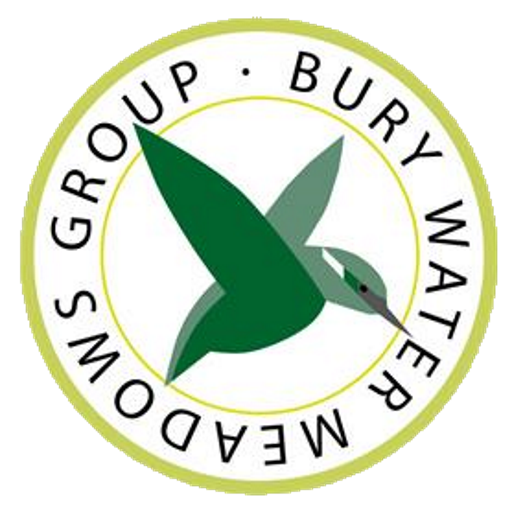No Mow May – why?
Are you trying to make the best lawn for pollinators and their dependant species this May? If so, now is the time to plan for the No Mow May campaign 2024. Many lawn species would benefit by not being cut until the end of the May or beginning of June. Why is this? Plantlife’s campaign which has been running since 2014, says leave the mower in the garage for longer and not only will buttercups, daisies and dandelions, but also really pretty flowers such as selfheal, bugle, wild thyme and yarrow will be able to grow just long enough to flower. This provides a feast for pollinators and our eyes, tackles pollution, reduces urban heat extremes and locks away atmospheric carbon below ground so as not to contribute to climate change.

We often think of a lawn as a hallowed place that needs to be kept short, kept green and kept weed free. That’s all very well at Wimbledon and Lords, but the wise gardener knows that a flowering lawn or a portion of it if you have space, has huge potential for wildlife, species diversity and biodiversity in general. Many of our insects are a gardeners’ best friend, helping to control the pests we don’t want to attack our plants. One of the best things you can do for your grass space is nothing! At least at certain times of the year, if you stop cutting this will reward you with flowers you never knew existed and our beleaguered pollinators will be happier too. Of course leaving a space uncut for a whole year or more allows dominant grasses and plants to take over, which you might not necessarily want. So cutting is good, but observing No Mow May is best!
Have a go in your garden in a sunny strip or a square which doesn’t get too much footfall! Do try a patch in the sun as well as shade, as different flowers thrive in the different conditions. Visit Plantlife’s No Mow May (https://www.plantlife.org.uk/campaigns/nomowmay/) for tips on how to make it successful in your garden. Show your friends the results and encourage them and best of all encourage our Council both County and Borough, to adopt these practices for our grass verges. Our lawns and verges essentially act as mini meadows, replacing the 97% of lost meadows and grasslands around the UK since the 1930s. With so much house building where waste ground is lost to bricks, mortar and tarmac, it’s even more important to retain what plant diversity we can in our lawns and verges around the town.
As part of its campaign, it encourages gardeners to take part in a citizen science survey called ‘Every flower counts’. It provides a snapshot of the health of our lawns. In 2021 those who did not mow their lawn in May reported more than 250 different plants among the grass, including wild strawberry, wild garlic, and rare species such as adder’s-tongue fern, meadow saxifrage, snake’s-head fritillary and eyebright. A typical lawn, however, had 17 daisies on a one metre square patch and a smattering of buttercups and dandelions, with germander speedwell and field forget-me-nots the next most likely plants to be seen. But all this is encouraging in the fight against biodiversity loss.
Jillian Macready

